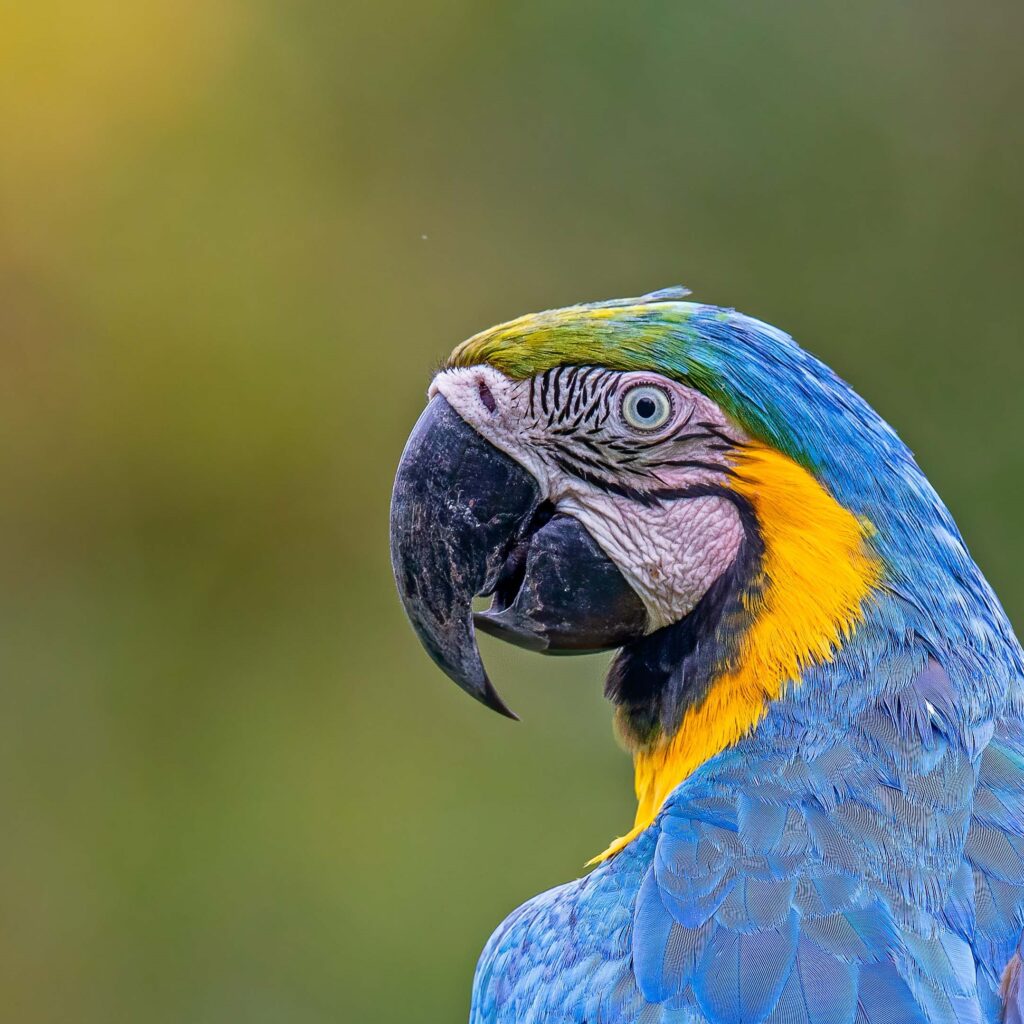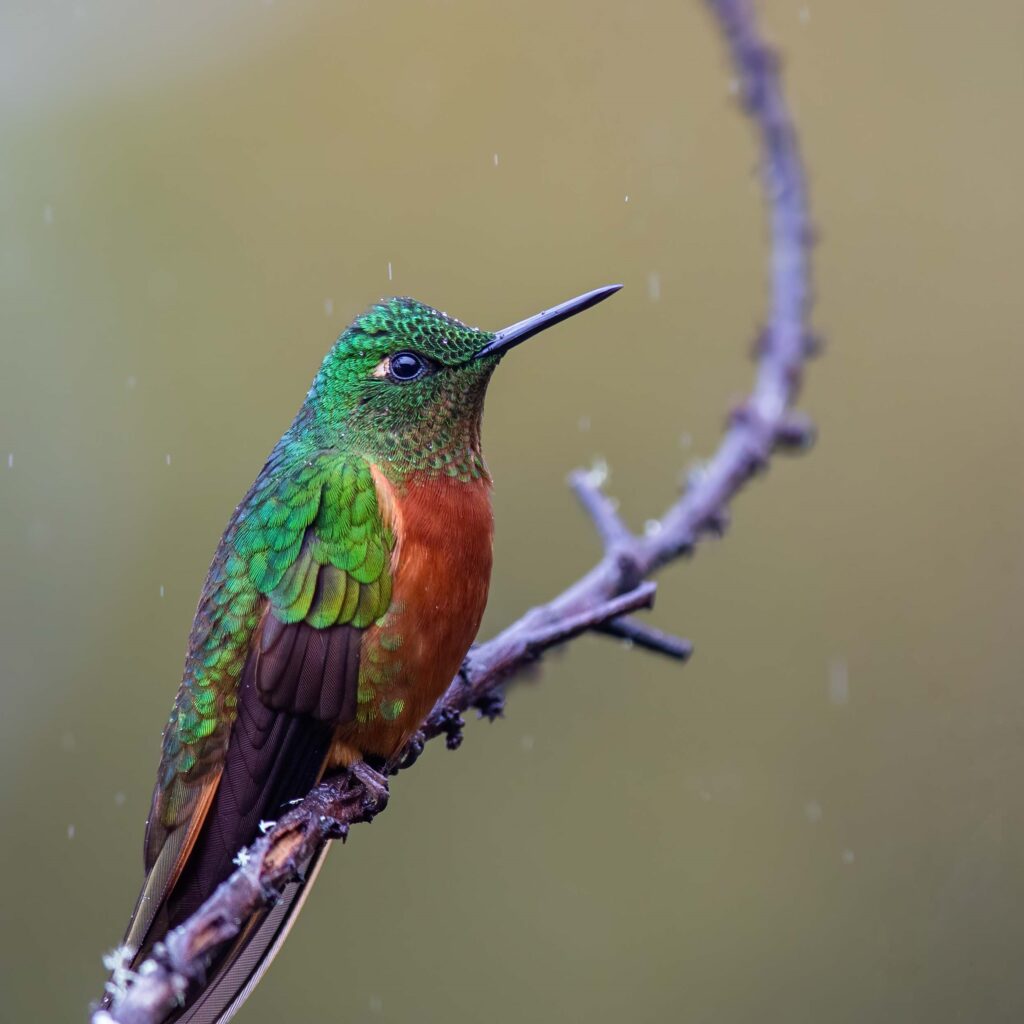This magical country is the land of the Andes, the Amazon, and the ancient Incas. It is located on the West-coast of South America, it offers an unbelievable rich history, culture, and some astonishing biodiversity.
Peru offers a great variety of ecosystems; you can find deserts, snow-covered peaks of the Andes, rocky coasts with sea birds and sea lions, cloud forests, and actually, 60 % of its territory belongs to the Amazon basin.
On the cultural side, you can indulge in the country’s cuisine which is probably one of the best on the continent; you can visit historic cities like Arequipa, Lima and Cusco, and enjoy the beautiful landscape of the Andes and the lush, humid Amazon.







Leave a Reply